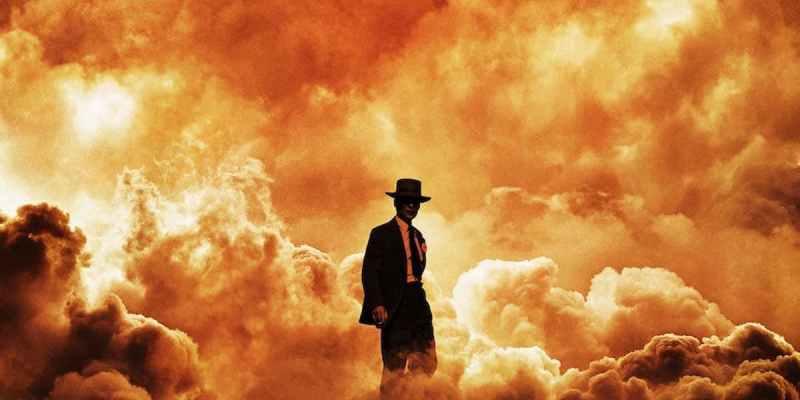Oppenheimer, Christopher Nolan’s biopic of the inventor of the atomic bomb, has proven controversial of late. But it has very little do with the death and destruction that physicist J. Robert Oppenheimer’s inventions unleashed. So if you’re wondering what’s going on, here’s the Oppenheimer movie controversy explained.
The Oppenheimer Movie Controversy Regarding the Bhagavad Gita and Sex
Interviewing J. Robert Oppenheimer, a reporter asked what he was thinking when he saw the first nuclear bomb (the “Trinity” test device) explode. He replied by stating he thought of a line from the Bhagavad Gita, a Hindu sacred text: “Now I am become Death, the Destroyer of worlds.” That’s one translation. Another is, “I am mighty Time, the source of destruction that comes forth to annihilate the worlds.” Stripped of their context, both sound pretty grim.
It was inevitable that this quote would make its way into Christopher Nolan’s film, which sees Cillian Murphy playing J. Robert Oppenheimer. The problem is that the line comes up during a sex scene between Oppenheimer and Jean Tatlock (Florence Pugh), the woman he was having an affair with. The book itself is also on display and is being held by Tatlock when she goes in for round two.
So, a Hindu holy book, and its text, is featured in a sex scene where a man is cheating on his wife. Some Hindus are not happy, see it as an attack on their beliefs, and have been calling for the scene to be removed from the film.
It seems unlikely that juxtaposing the Bhagavad Gita text with a sex scene was actually intended as a dig at Hinduism in Oppenheimer, but its insertion seems unwise, hence the controversy. Nolan, who directed and wrote the movie, has yet to issue any comment.
That’s the Oppenheimer controversy explained, and if you’re wondering if the movie has a post-credit scene, we have the answer to that too.
